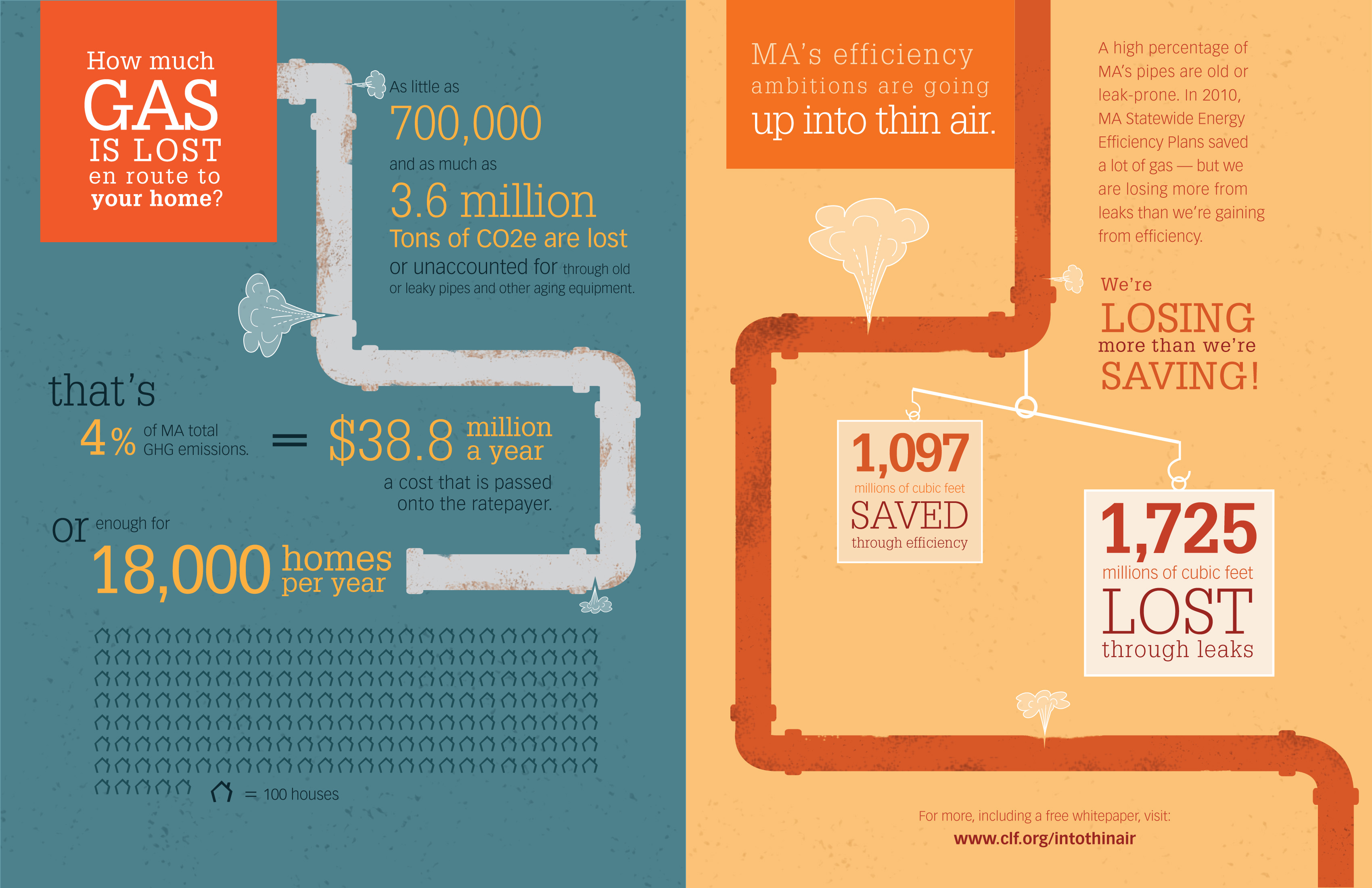Typical Blunders In Roofing Installation And Exactly How To Prevent Them
Typical Blunders In Roofing Installation And Exactly How To Prevent Them
Blog Article
Developed By-Mckee Thybo
When you're preparing a roof setup, it's simple to overlook crucial details that can bring about considerable troubles down the line. You might be lured to reduce corners on product selection or skip correct flashing setup, but these usual mistakes can cause pricey repair work later. Recognizing the value of air flow and adhering to regional building ordinance is vital for an effective project. So, what are the crucial actions you should take to ensure your roofing system stands the test of time? Let's explore some effective approaches to stay clear of these pitfalls.
Poor Material Selection
When it involves roofing system setup, choosing the incorrect products can cause costly troubles down the line. You could think that any kind of roofing product will do, but that's a typical false impression. It's important to pick materials that fit your local climate and the particular needs of your home.
For instance, if you live in a location with hefty rain or snow, opting for asphalt tiles may not be the very best selection. Rather, think about more resilient choices like steel or slate.
Furthermore, take note of the quality of the materials you're taking into consideration. Low-cost products might save you cash upfront, but they usually do not have longevity and can lead to constant repair services or substitutes.
You ought to also consider the design of your home and make certain the products you select will certainly keep its aesthetic allure.
Finally, do not forget to speak with professionals. They can provide important insights and recommend products that follow local building ordinance.
Investing time in proper product choice now can assist you prevent migraines and expenses in the future, making your roofing project a success.
Inadequate Flashing Setup
Picking the ideal materials isn't the only variable that can result in roofing issues; inadequate blinking installment can additionally produce significant problems. Flashing is critical for guiding water far from prone areas, such as smokeshafts, skylights, and roof valleys. If it's not set up correctly, you risk water breach, which can result in mold and mildew development and structural damage.
When you install blinking, ensure it's the right type for your roof covering's style and the local environment. For example, metal blinking is often more durable than plastic in locations with heavy rainfall or snow. Make sure the flashing overlaps suitably and is protected tightly to prevent spaces where water can leak with.
You must additionally take notice of the installation angle. Flashing must be positioned to direct water away from the house, not towards it.
If you're unclear concerning the installation process or the products needed, speak with a professional. They can aid recognize the most effective blinking options and make certain whatever is mounted correctly, protecting your home from possible water damages.
Taking https://emergency-roof-repair51738.myparisblog.com/34495496/the-importance-of-routine-roofing-system-maintenance-in-staying-clear-of-pricey-repairs can conserve you time, cash, and migraines down the road.
Neglecting Air Flow Requirements
While several home owners concentrate on the aesthetic and architectural aspects of roofing system setup, disregarding air flow demands can cause significant lasting consequences. Proper air flow is vital for managing temperature level and wetness levels in your attic, stopping problems like mold and mildew development, wood rot, and ice dams. If gutter repair san antonio, tx skyroofingconstructiontx.com don't set up ample air flow, you're establishing your roofing system up for failure.
To avoid this mistake, initially, examine your home's details air flow requirements. A well balanced system usually consists of both consumption and exhaust vents to advertise air movement. Ensure you've set up soffit vents along the eaves and ridge vents at the peak of your roof. This combination enables hot air to run away while cooler air enters, keeping your attic area comfortable.
Likewise, think about the type of roof material you've chosen. Some materials may require additional ventilation techniques. Verify your regional building codes for ventilation standards, as they can vary significantly.
Ultimately, do not neglect to inspect your air flow system consistently. Blockages from debris or insulation can impede air movement, so maintain those vents clear.
Final thought
In conclusion, avoiding common roofing system setup blunders is key to ensuring your roofing system's longevity and efficiency. By selecting the right materials for your climate, setting up blinking correctly, and attending to air flow needs, you can avoid expensive concerns down the road. Don't neglect to familiarize on your own with regional building regulations and routine normal examinations. With these actions, you'll appreciate a safe, resilient roofing system that safeguards your home for many years to come. Happy roofing!
